Here are simple steps on how to prepare stinging nettles so you can use them as food. Instructions on how to blanch your nettles to use them in pancakes, soups, pasta, and pesto.
Nettles grow wild in Scandinavia and can be found almost everywhere, especially in Finland and Sweden, since it rains so much here. They like somewhat damp terrain, so you can often find them in riverbanks, streams, and ditches. In other parts of the world, they thrive next to fields, forests, and many gardens.
When to pick nettles?
The best time to harvest nettle leaves is in the spring. Tiny nettles do not even sting then yet. Small nettles can be picked with the stems on. Even bigger nettles can be harvested later in the summer but before they bloom.
Where to pick?
Nettles collect nitrate from the soil, so you should pick them from poor soil. Do not pick near horse stables, cattle sheds near the road, or pavements. Nettles are free to harvest in Scandinavia wherever, but not in other people's yards.
What part of nettle to pick?
You can pick the whole nettle with the stem on in the spring. Later on, when the nettles are bigger, pick only the leaves or tops. If you are in a hurry, you can choose the whole stems with leaves and later at home separate the leaves.
If you want to dry your nettles, you can pick them with the stem on to hang and dry.
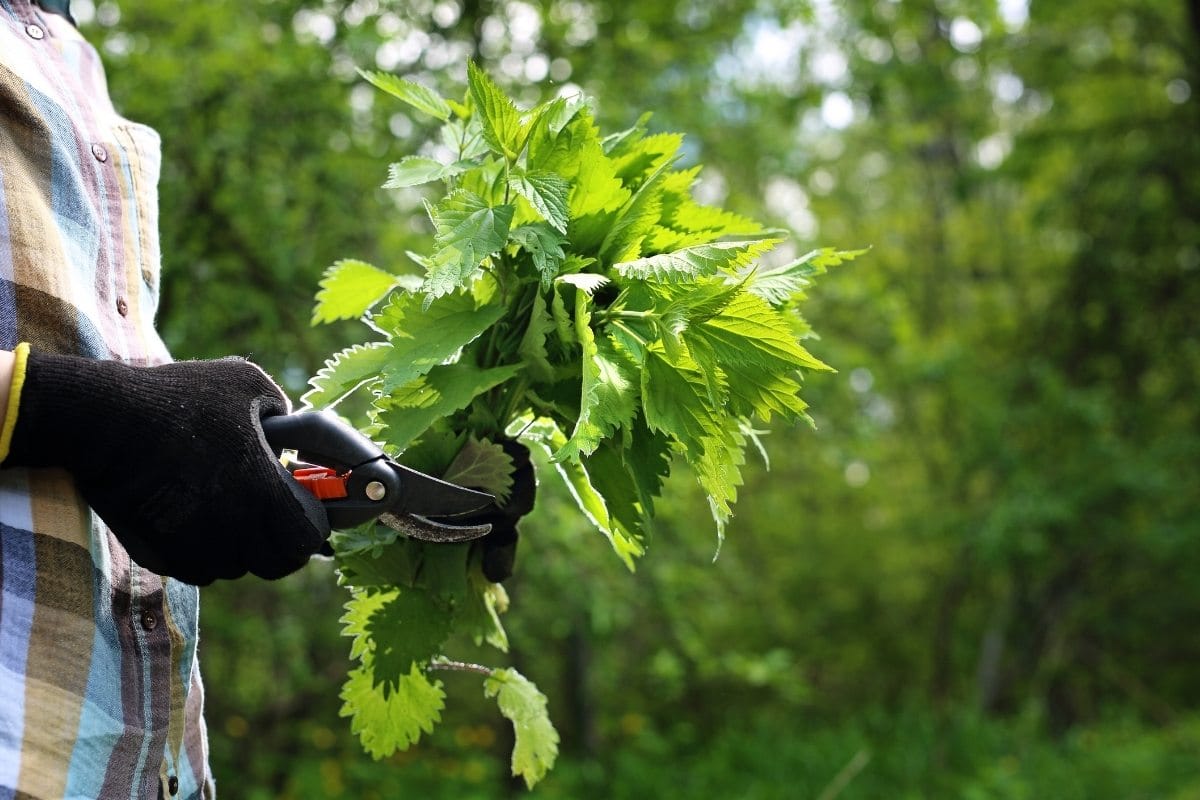
How to pick?
You need to dress properly for the picking. Nettle leaves sting thru thin fabricks, so choose, for example, a pair of thick jeans. A long sleeve shirt is also good to have on you. The best gloves for picking are leather ones. Pack along with you a pair of scissors.
How to soothe minor nettle stings?
It is essential to get rid of the nettle hairs; wash the area with cold water and soap. Some cold water or ice can help the pain. Try not to scratch. If you get swelling, some antihistamines can also help.
Instructions on blanching
Time needed: 10 minutes
This is a simple way to prepare your nettles. Blanching removes the sting on the leaves.
- Wash the nettles
Rinse your nettles in water or let them soak in a water bath. This way, you get rid of small insects and pollen.
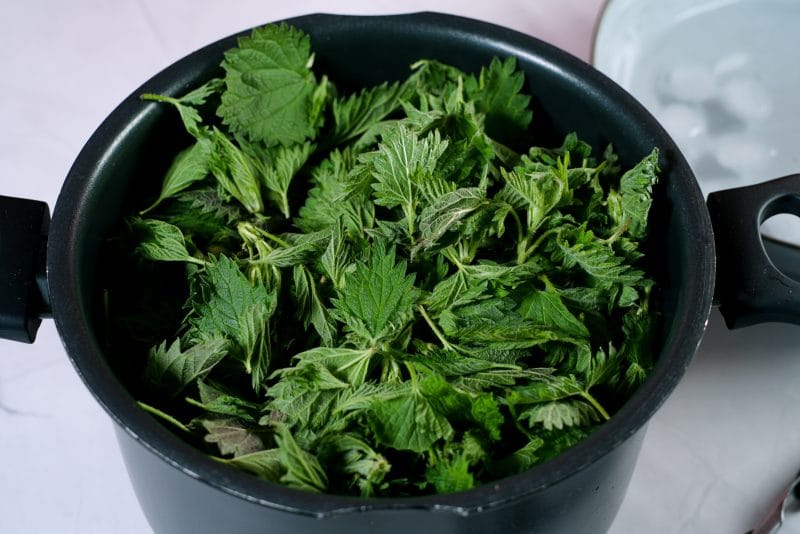
- Blanch
Boil water in a big pot. Add a teaspoon of salt. Add nettles in batches to the boiling water for a minute.
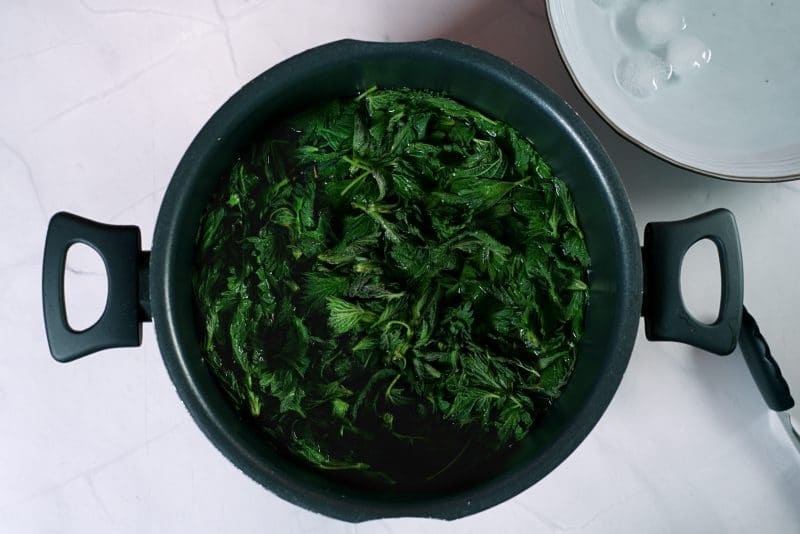
- Cool down
Lift the nettles into an ice bath. This way, you preserve the green color best. You can also rinse them in a sieve with cold water.
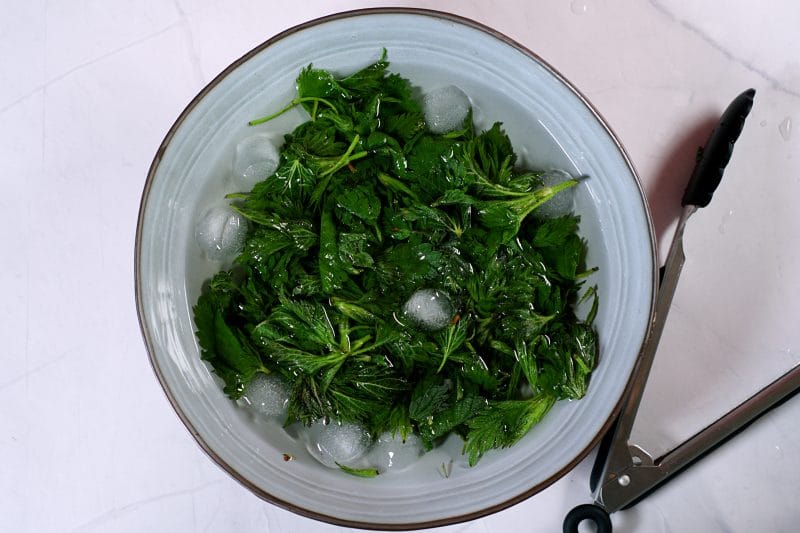
- Drain
Remove the excess water by lifting the nettles in a sieve. You can press with your hands to remove the water.
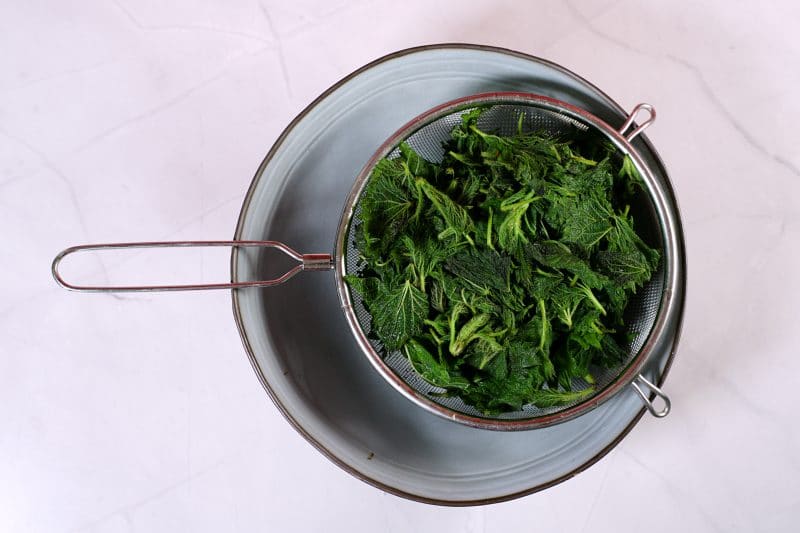
Tip: The water from blanched nettled can be used for watering your plants—especially tomatoes like nettle water.
Why eat nettles?
Nettles are rich in vitamins and minerals. Nettles are exceptionally high in vitamin C, folate, E-vitamin, B-vitamins, and fiber. Of minerals, 100 grams of nettles gives you 50% of your daily calcium need and around 20% of your daily requirement of Iron, Potassium, magnesium, phosphorus, selenium, and zinc.
Recipes you can use blanched nettles.
- Nettle pancakes
- Nettle soup
- Nettle pesto
- Nettle pasta



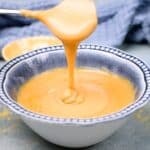


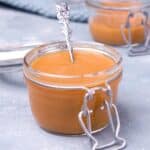

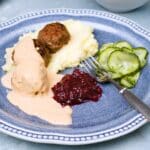


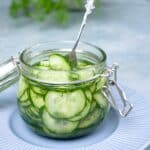

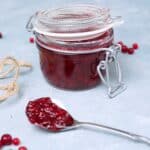





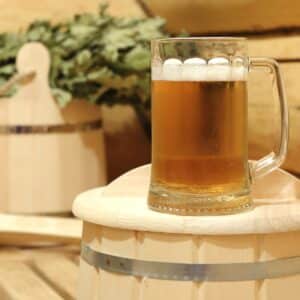
Leave a Reply